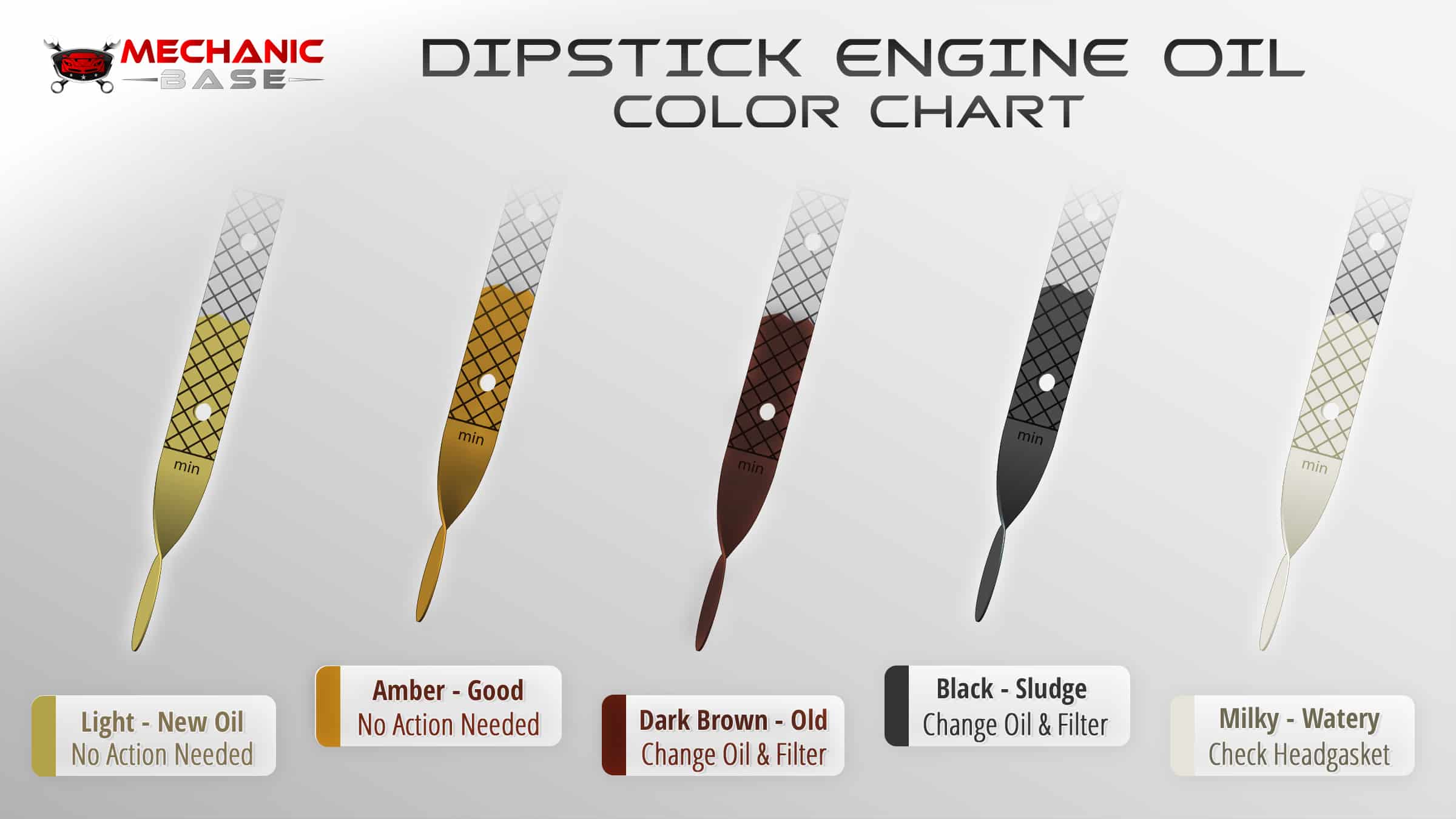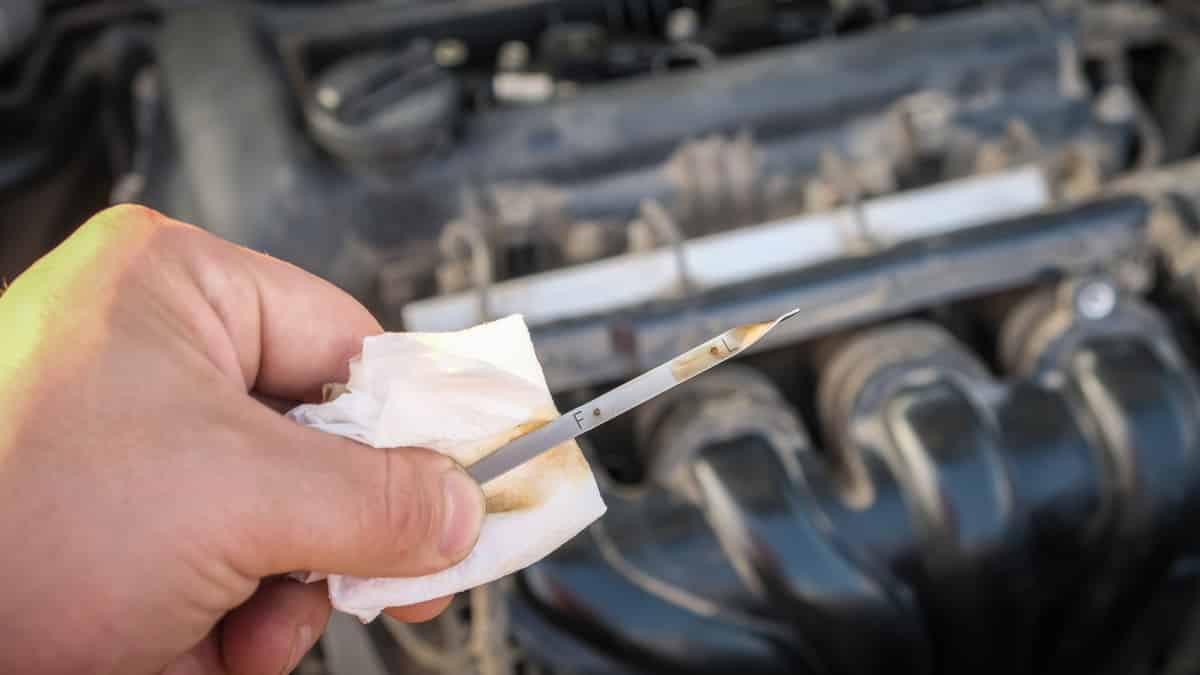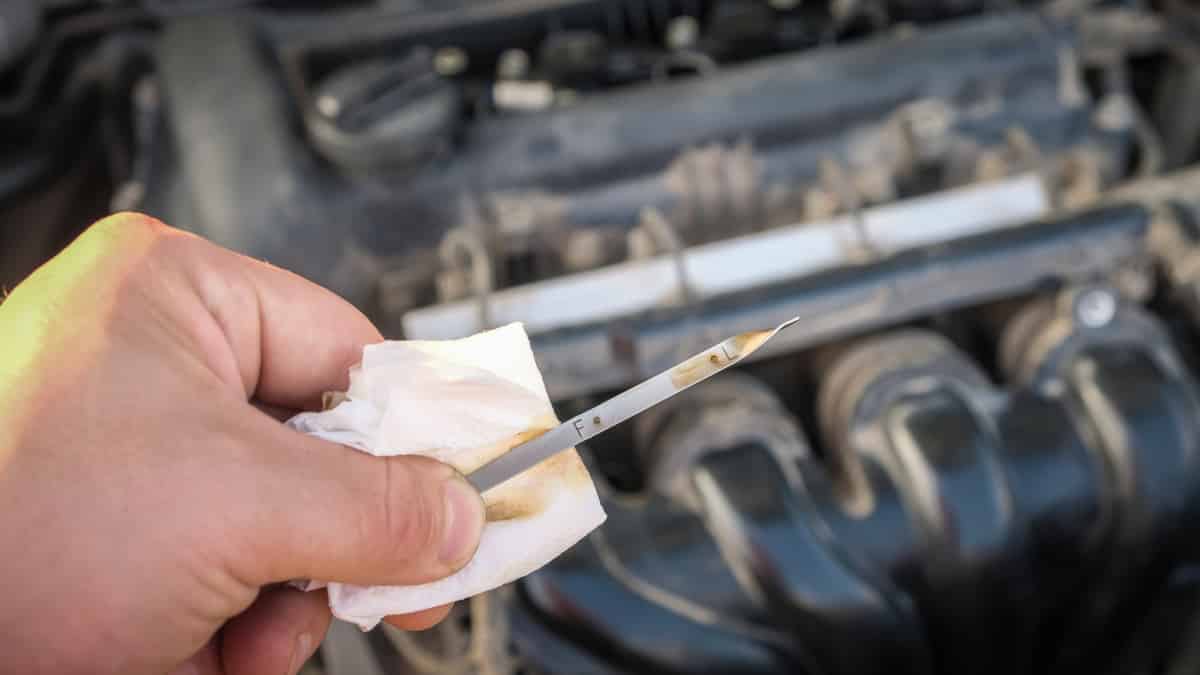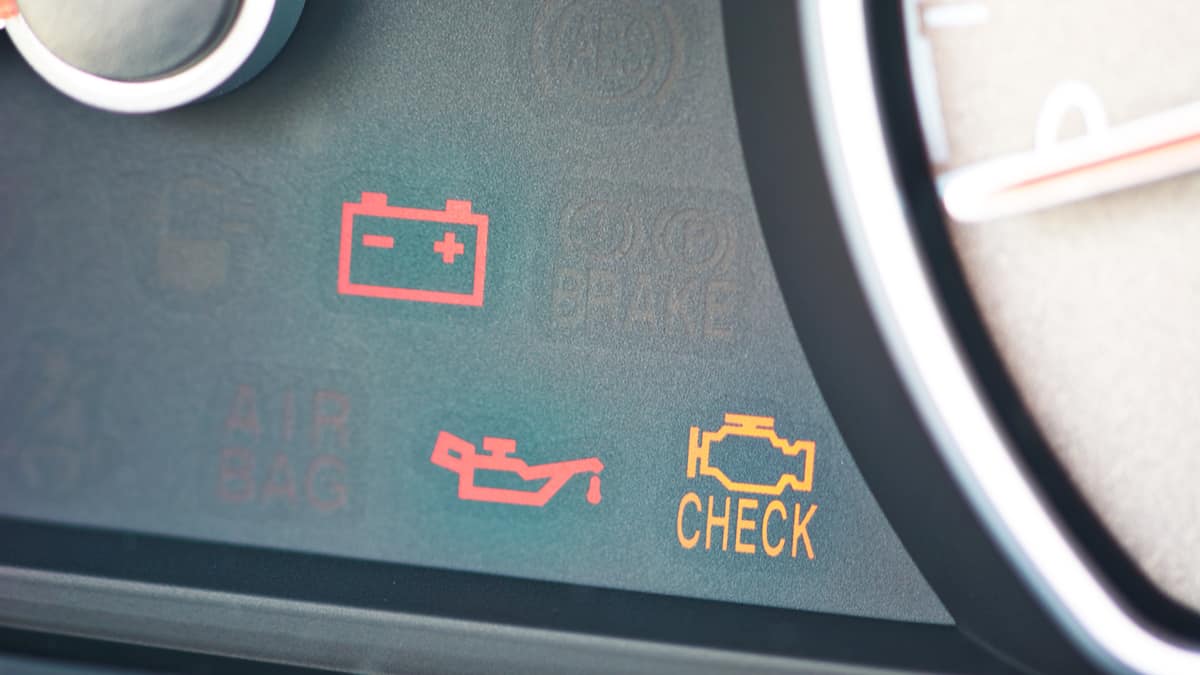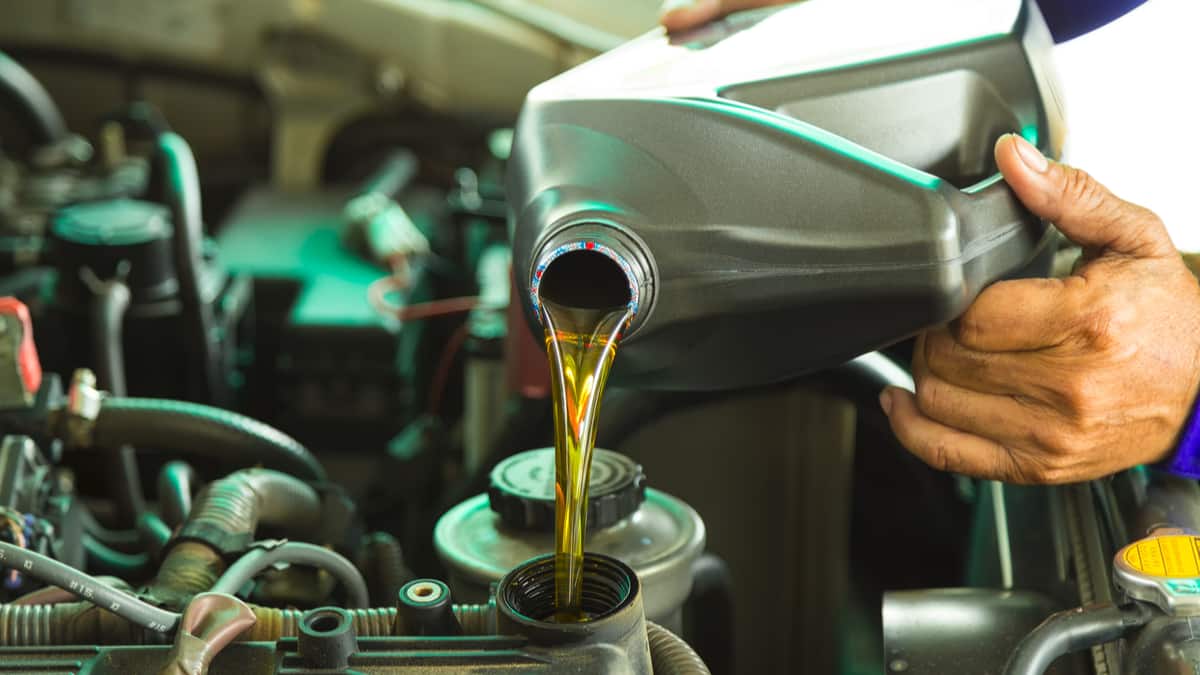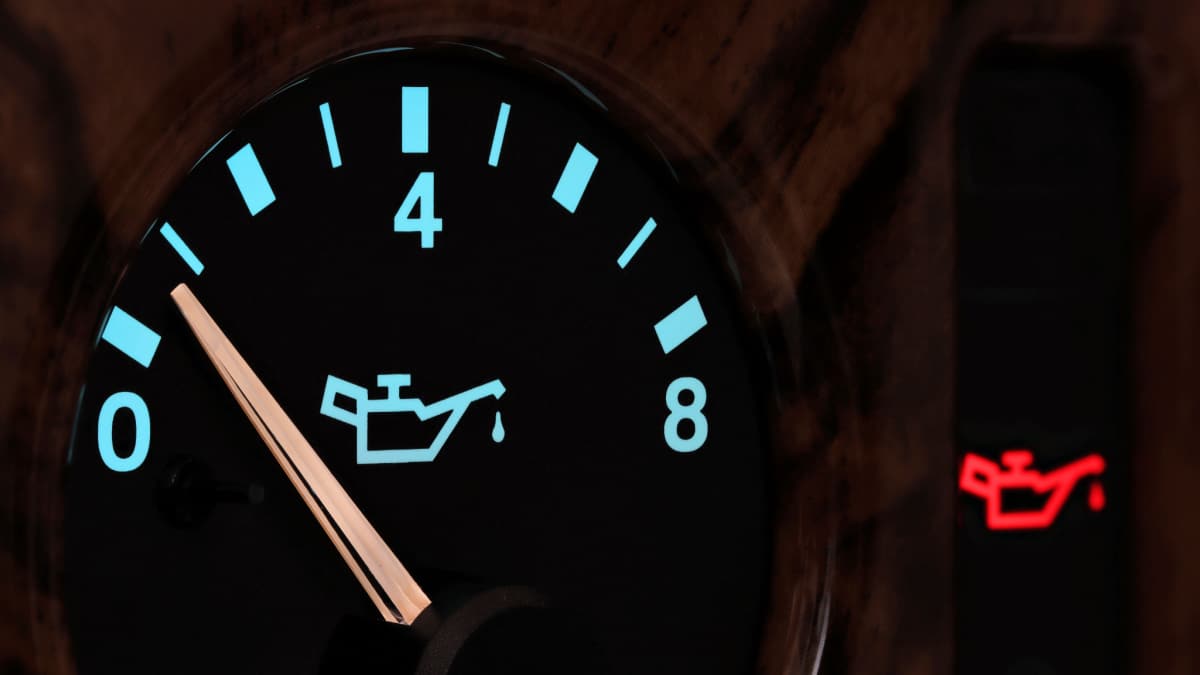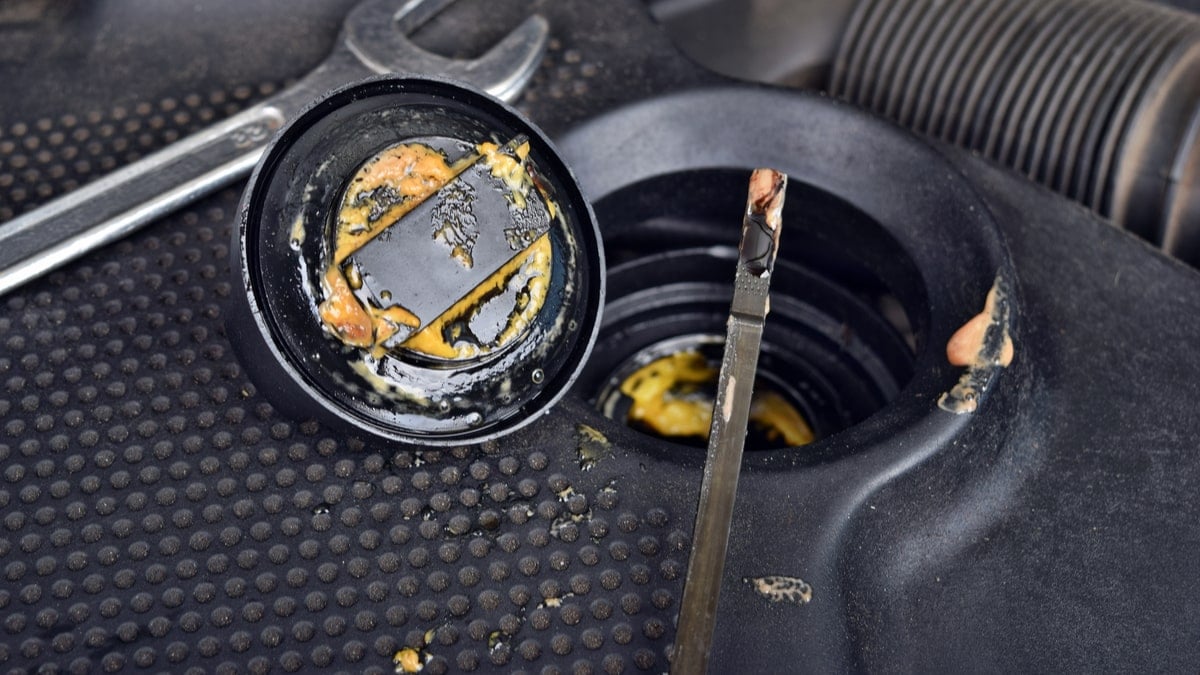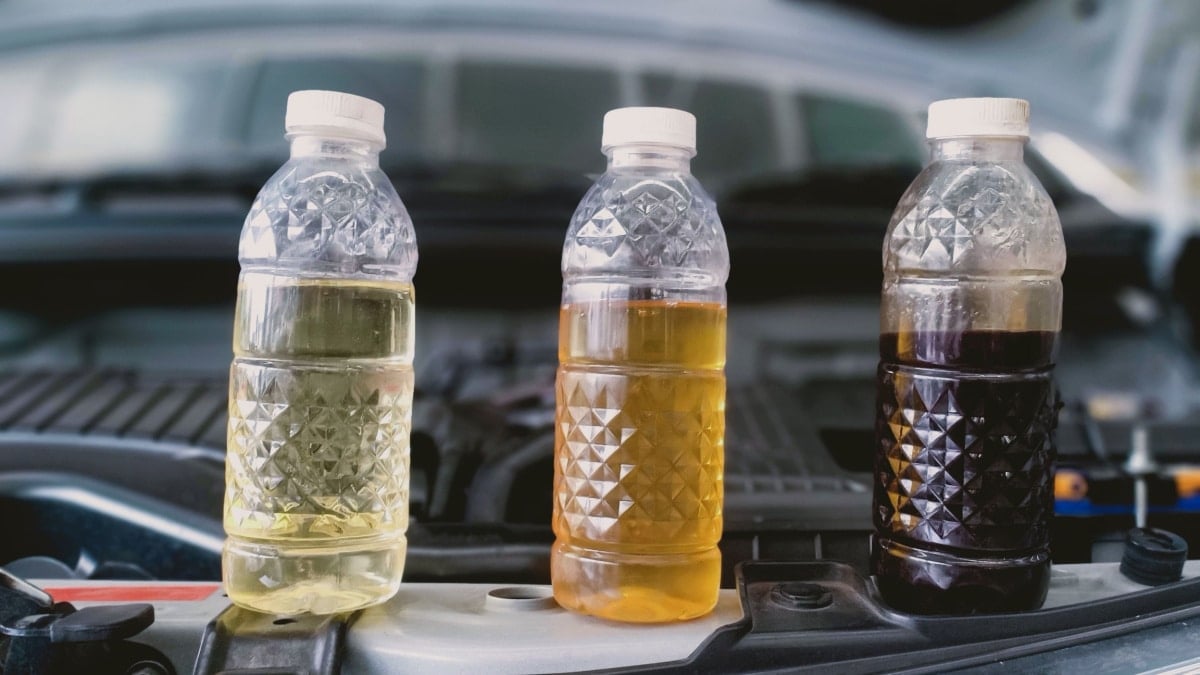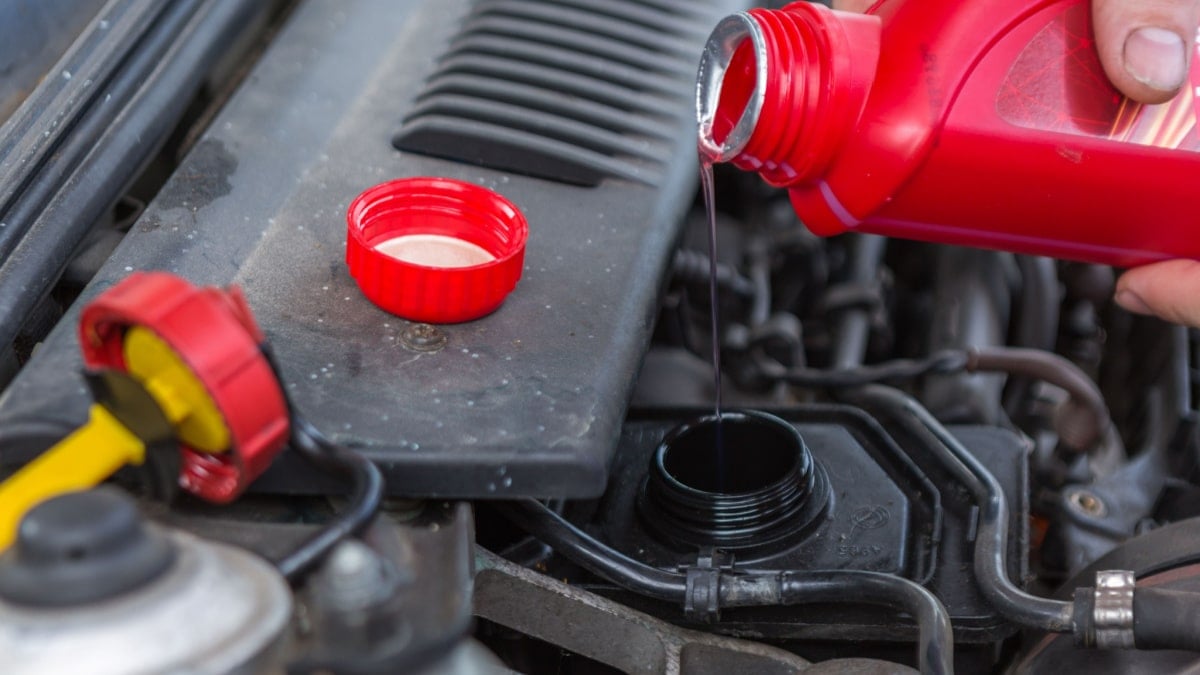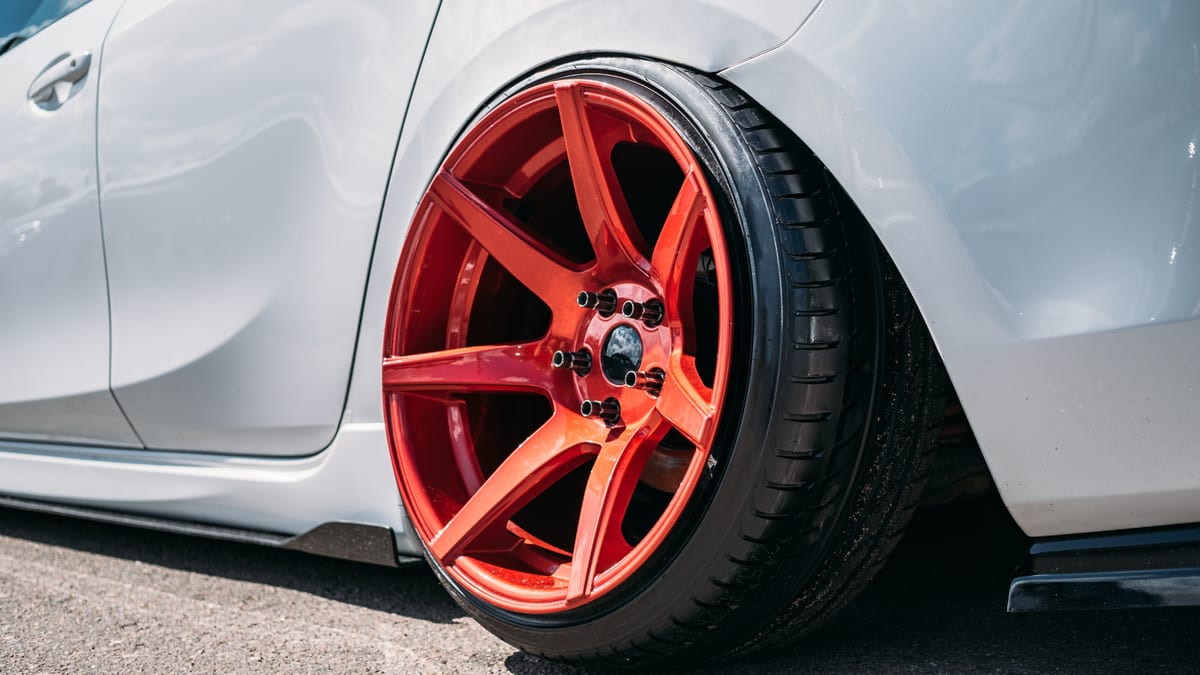As part of regular car maintenance, you must change the engine oil at the appropriate times. Knowing the appropriate color of the engine oil helps you keep the motor in its best condition.
In this guide, I explain the best color for motor oil and tell you what the other colors mean. I will also show you how to check the oil condition, so you can stay on top of engine maintenance. If you’ve ever wondered how often the oil should be changed, I have some guidelines about that as well.
What Color Should Oil Be On Dipstick?
Engine oil can appear in multiple shades of amber, based on what type you are using and how old your vehicle is. Depending on what additives you use, the oil could be a little darker and may darken faster. Still, immediately following an oil change, it should remain amber for a good amount of time.
Over time, motor oil absorbs combustion by-products that lead to contamination. The longer you go without an oil change, the darker the oil becomes. The fact that it becomes darker shows that it’s doing exactly what it’s supposed to.
However, if you have a diesel engine, the engine oil can become black quite fast after an oil change, so with diesel engines, it’s better to follow the maintenance schedule. This guide is better suited for gas engines.
RELATED: Transmission Fluid Color Chart (5 Different Colors)
Dipstick Oil Color Chart
1. Amber
As we’ve discussed, amber-colored motor oil is perfectly normal. In fact, this is the color you want it to be. The best oil looks the same color as when you put it in the engine. The closer it is to that color, the better.
If you see amber oil on the dipstick, you are safe to keep driving for a while yet. However, you will want to continue checking it to ensure nothing is changing.
2. Dark Brown/Black
When the engine oil gets dark brown or black, it could be normal, or there could be something wrong. Most likely, it’s time to change the oil. As the dirt builds up in the oil, it gets darker and thicker.
However, if the engine oil is darker but thin, it could be normal. Depending on what additives you are using, the color could be slightly darkened. If the oil isn’t clinging to the dipstick, chances are everything is fine and you can continue driving.
READ MORE: How to Change the Oil in Your Car (5 Easy Steps)
3. Cream/Milky
If the oil is frothy and milky-looking, you have some issues to deal with immediately. In most cases, this oil type indicates that the head gasket has blown, allowing coolant to leak into the oil. To repair this, you have an expensive repair bill ahead of you.
You may also notice a creamy buildup on the oil filler cap. Additionally, it can cause white smoke to come from the exhaust and the engine could overheat. Don’t prolong getting the problem repaired, or you could end up with even larger repair bills.
There’s a slim chance that the creamy oil isn’t a head gasket failure. If the oil was accidentally contaminated by water, you could change the oil and the problem should cease.
RELATED: What Does Milky Oil on the Dipstick Mean?
4. Rust
If you own an older vehicle or live in an environment that is excessively humid, you may notice the engine oil turns a rust color. The humidity can allow for condensation buildup on the dipstick. It can also create surface rust on the metal stick, making the oil look rusty-colored.
There’s also the chance that some automatic transmission fluid could be leaking into the engine because of defects. When this happens, the mixture can appear rust-colored. However, it should be a sign that you need to get the car right to the mechanic.
How to Read Oil Dipstick
1. Park Car
Before you can do anything with the vehicle, you need to park and secure it. Try to park on level ground and set the handbrake.
Turn off the engine and wait a couple of minutes, so the engine can cool down slightly. Once the engine is cooled off, you are ready to proceed. You can check the oil quality and level with the engine a little warm, but you must be careful where you touch it, as the components could still be hot.
RELATED: Should I Check my Oil When the Engine is Hot or Cold?
2. Pull Out Dipstick
Pop open the hood and find the engine oil dipstick. It may have a yellow handle on it or will be labeled “Engine Oil.” If you can’t find it, look in the owner’s manual for an engine compartment map that shows you where everything is located.
Pull out the dipstick. Make sure none of the oil drips off onto the motor, or it will create a burning smell once it gets hot. You can hold your rag or lint-free paper towel below it to keep it from dripping.
3. Wipe Dipstick
With a paper towel or rag, wipe the dipstick off. You aren’t looking to read the levels right now, you simply want to clean the dipstick off.
Once the stick has been cleaned, you are ready to put it back in the tube. Push it in until it can’t go any further.
4. Pull Out Dipstick Again
You are going to pull the dipstick back out, but this time read the level. You can hold the rag at the bottom to keep the oil from dripping, but don’t wipe off the stick.
Before you put the dipstick back, you want to take note of the oil level. It’s also important to look at the color of the motor oil.
5. Read Condition & Level
There will be two marks on the dipstick. The bottom line shows you that the oil level is low, while the other line is where it is full. You want the oil level to fall between these two lines. If it’s too low, you need to add some oil. On the other hand, when it goes beyond the full line, you need to remove some oil.
It’s also time to evaluate the oil color. You can use the color chart I listed above to indicate what condition it is in. If it’s dirty, you need to change it, even if the oil level is good. It doesn’t do any good to run a whole bunch of dirty oil through the engine.
How Often is Oil Change Needed?
There was a time when all oil needed to be changed every 3,000 miles. However, newer technology and sophisticated oil blends have created a longer service life than most oils. There are some cars and oils that can go 10,000 miles or longer without an oil change.
To determine how long your car can go, you want to start by reading the owner’s manual. The manufacturer has recommendations that you should follow, especially if your car is still under warranty. Additionally, the owner’s manual will tell you what type of oil to use.
Beyond this, conventional oil needs to be changed more frequently. While synthetic and synthetic blend oils cost more, they can go much longer between changes.
You must also consider your driving conditions. If you travel through extreme temperatures, down rough roads, or you spend a lot of time towing, you may need to change the oil more frequently. These frequencies are closer because of the extra work that’s occurring with the engine.
The final consideration is the type of engine and car you drive. A diesel engine may require more frequent oil changes than a gas-powered motor. Additionally, turbo engines can require more oil changes at times.
When you are in doubt, check the oil condition based on the color chart above. These colors show you when the oil needs to be changed. If it is still amber, there’s no reason to change it.
RELATED: How Much Does an Oil Change Cost?
Categories: Engine Oil, Maintenance
